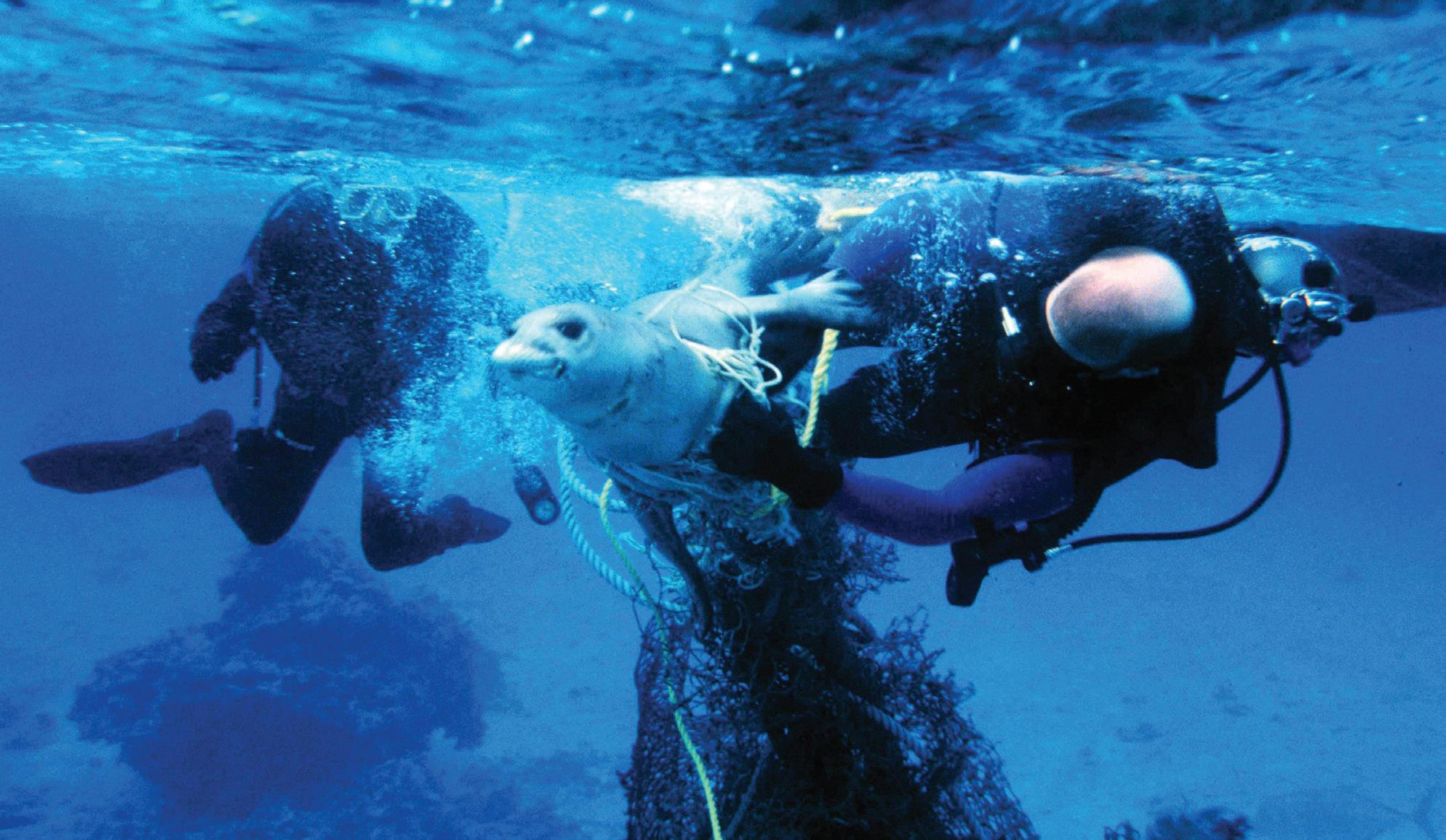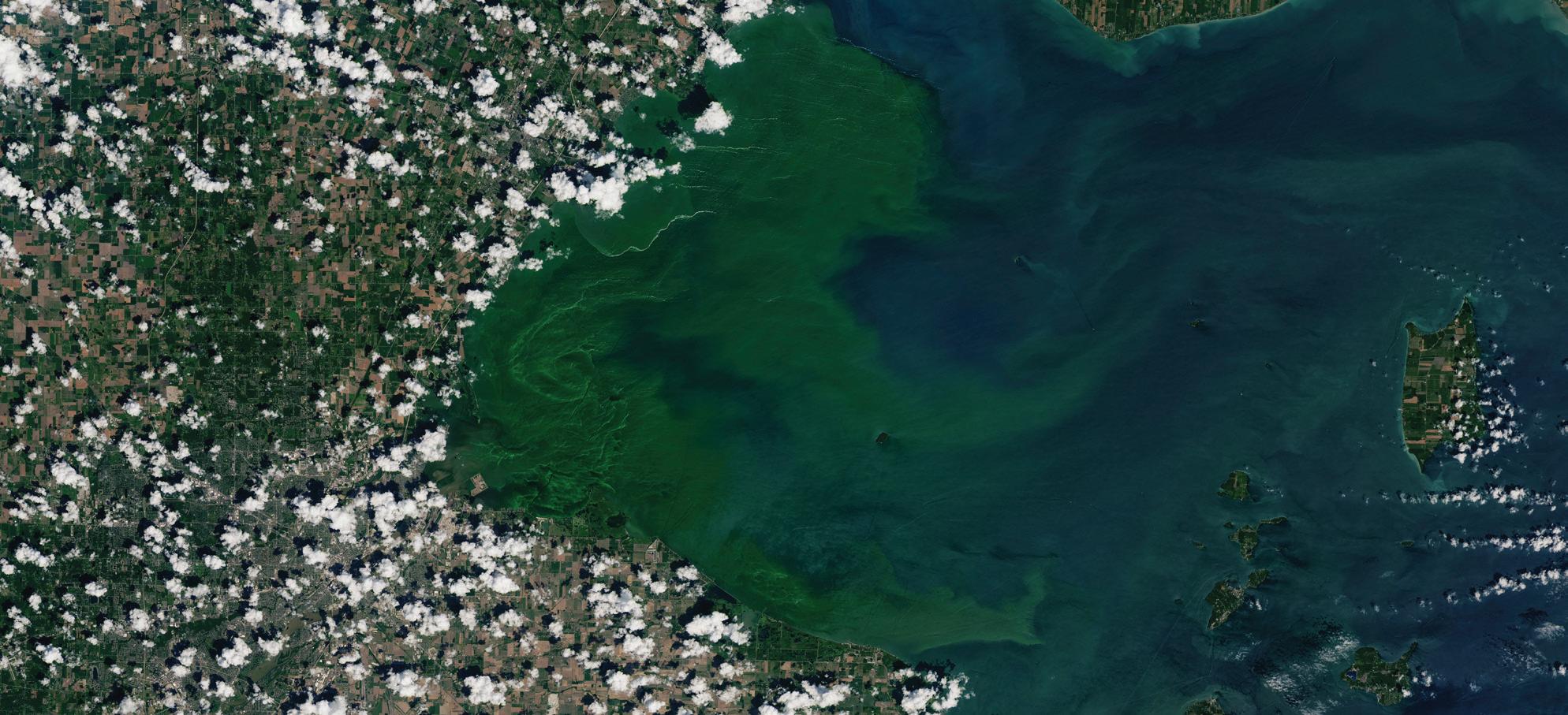NOAA TODAY
Left: Civilian satellite operators work in the National Oceanic and Atmospheric Administration’s satellite operations facility Sept. 25, 2014, in Suitland, Maryland.
By Craig Collins
OAA satellites are, famously, weather satellites – but they also play a critical role in search and rescue operations throughout the world. NOAA’s geostationary (GOES) and polar orbiting satellites, along with satellites in the Global Positioning System (GPS), are integral
components of NOAA’s Search and Rescue Satellite-Aided Tracking (SARSAT) system. These satellites are on constant alert for radiobeacon distress signals sent by aviators, mariners, and users on land. When a NOAA satellite detects and gets a fix on a distress signal in the United States, it’s relayed to
Storms, Floods and Fire The remote sensing capabilities of NOAA satellites contribute to saving lives in other ways. From orbit, they provide better data for weather prediction and also enable timely and targeted preparation, planning, response, and recovery – before, during and after severe weather events. Its newest geostationary satellites, GOES East and West, scan five times faster and have four times
The United States, Canada, France, and the Soviet Union banded together in 1979 to form CospasSarsat, which now also includes 42 other nations.
1942
Navy provides 25 modified aircraft radars to Weather Bureau for ground meteorological use, marking the beginning of a weather radar system in the U.S. Navy aerologists play key support role for U.S. carrier-based Navy planes in midPacific Battle of Midway Island in June 1942, marking a turning point in the Pacific front.
60
U.S. AIR FORCE PHOTO/SENIOR AIRMAN ALEXANDER W. RIEDEL
NOAA Satellites Saving Lives N
NOAA’s Satellite Operations Facility in Suitland, Maryland, where it’s then relayed to rescue coordination centers operated either by the U.S. Air Force or the Coast Guard. NOAA also supports rescues worldwide by relaying distress signals to international SARSAT partners. Since this international network began in 1982, Cospas-Sarsat has supported more than 48,000 rescues, including more than 9,000 in the United States. NOAA’s Sarsat helped rescue 421 people in the U.S. in 2019 alone – a new record in lives saved.









































